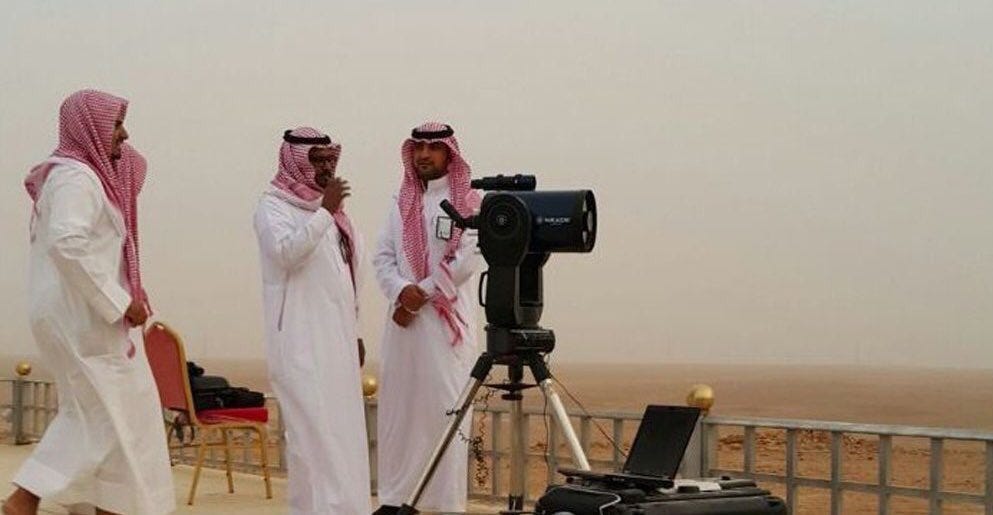Middle East Interests Shift From the West to Asia
As western influence wanes, Gulf countries look for a new guarantor
By: Muhammad Zulfikar Rakhmat
With Xi Jinping’s mid-December visit to Saudi Arabia, most of the analysis has focused on the Chinese side, especially on Beijing’s campaign to strengthen its foothold in the Middle East. However, little attention has been paid to how the recent visit also exemplifies the Middle East’s growing interest in Asia.
Keep reading with a 7-day free trial
Subscribe to Asia Sentinel to keep reading this post and get 7 days of free access to the full post archives.

